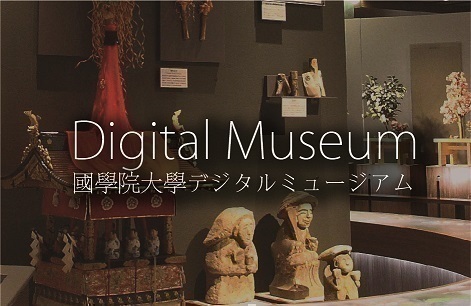- トップ
- Encyclopedia of Shinto
- Subikari Kōha Sekai Shindan
Encyclopedia of Shinto
| Main Menu: | |
| Links: |
詳細表示 (Complete Article)
| カテゴリー1: | 8. Schools, Groups, and Personalities |
|---|---|
| カテゴリー2: | Modern Sectarian Groups |
| Title | Subikari Kōha Sekai Shindan |
| Text | A new religion from the lineage of Ōmoto, Sekai Kyūseikyō and Mahikari. Founded by the spiritualist manga artist Kuroda Minoru (1928- ), under influence from Sekai Mahikari Bunmei Kyōdan. Kuroda made his living as an artist of manga (graphic novels) while continuing his studies of the spirit world, and succeeded in establishing himself as a specialist in this genre. He later met Okada Kōtama (1901-74), founder of Sekai Mahikari Bunmei Kyōdan, and began to follow his teachings. After Okada's death he left Sekai Mahikari Bunmei Kyōdan and, after receiving a divine revelation, established the Shūkyō Dantai Kōrin in 1980, registering the group as an independent religious body under the Religious Corporations Law (Shūkyō Hōjihō). In 1984 the group assumed its current name Doctrines of the group emphasize spirit possession, and core practices focus on the ritual of tekazashi (raising the hand and emitting spiritual light) as a means of purifying such possessing spirits. In its central focus on the deity Sunokami, the style of the movement's shrine, and also in the form of the pendant worn by devotees, resemblances can be seen to Sekai Mahikari Bunmei Kyōdan. Unlike the latter group, however, the practice of tekazashi (raising the hand and emitting spiritual light) is not called "mahikari no waza" but rather "honō no waza" (lit., "practice of the flame"). The technique used in this movement has also been changed from using one hand in Sekai Mahikari Bunmei Kyōdan to a form of tekazashi using both hands. By and large, however, the movement follows Mahikari's worldview and ideas about spirits. Since its founder was an artist who drew spiritually focused manga, the group's devotees are largely young people who have read his graphic novels and attended his lectures. Its most effective proselytization medium is clearly the illustrated stories depicting spirits and communication with the spirits of the dead that are published as books or in magazines. In addition, the movement assigns great importance to video media and has recorded lectures, seminars, and similar activities in the form of promotional videos. By incorporating both spiritual manga and future-oriented forms of imaging technology it is following a path of proselytization by which it can reach a generation that has become largely estranged from reading. Headquarters: Tokyo Nominal membership: approximately 4,500 (S) —Tsushiro Hirofumi |




